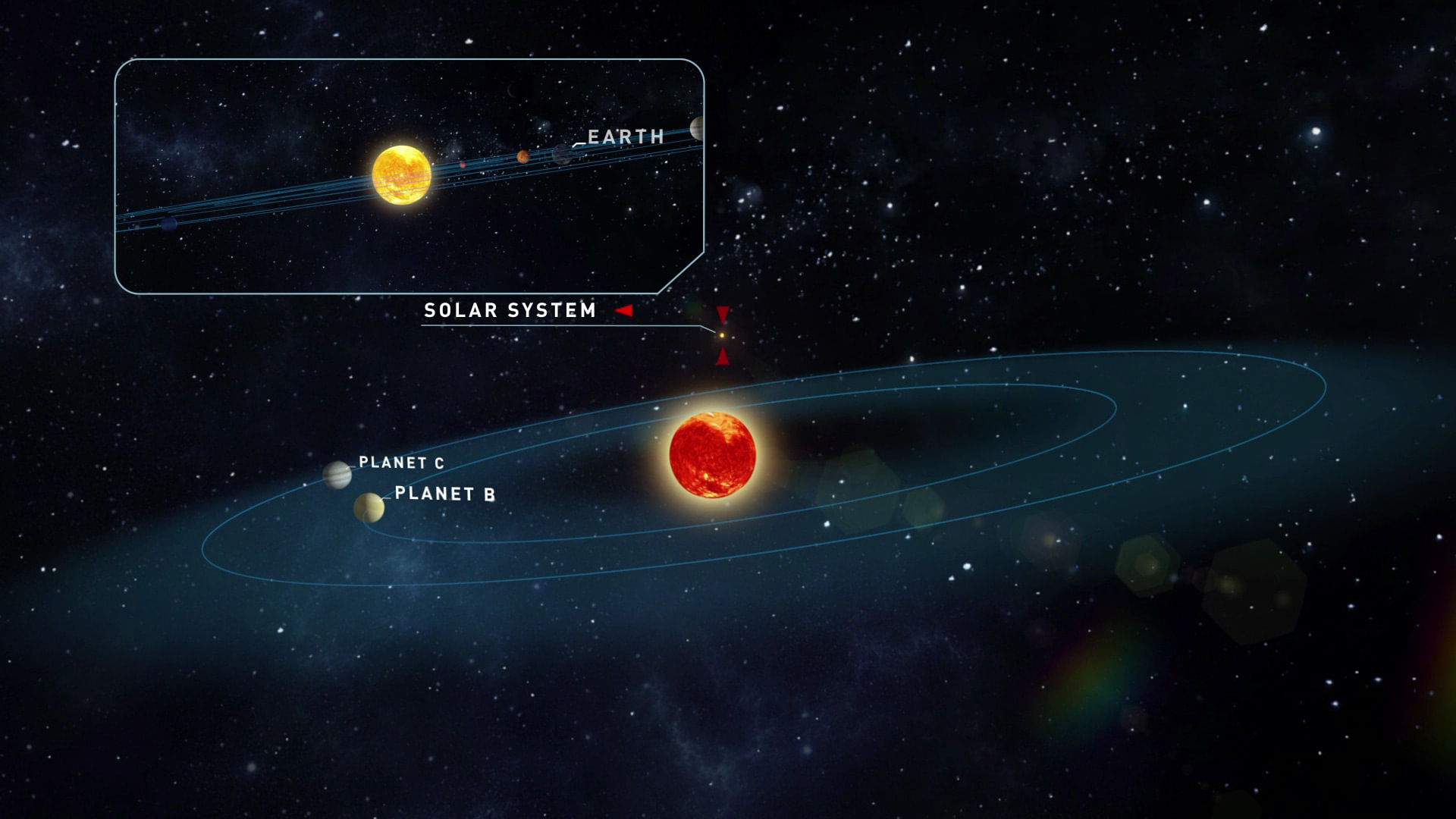Scientists continue working on trying to discover new exoplanets after the shutdown of the Kepler Space Telescope, despite the fact that a new study found that the likelihood of life on exoplanets is lower than previously thought. Now an international team of scientists have discovered two new Earth-like exoplanets that could possibly sustain life as we know it on Earth.
An international team led by the University of Göttingen (Germany) with researchers from the Instituto de Astrofísica de Canarias (IAC), made an exoplanet discovery using the CARMENES high-resolution spectrograph at the Calar Alto Observatory in Almeria. Their observation revealed two new exoplanets with properties similar to those on Earth. Both planets orbit one of the closest stars in our solar system’s neighborhood, the Teegarden star.
Being relatively close to the solar system at 12.5 light years away, this red dwarf is facing the constellation of Aries and boasts a scorching temperature at 4,900 degrees Fahrenheit. It’s considerably smaller than our sun, measuring only one-tenth of the sun.
“We have been observing this star for three years to look for periodic variations in its velocity, Mathias Zechmeister, a researcher at the University of Gottingen, the first author of the paper said in a statement.
Observing the two new Earth-like exoplanets that orbit the star, scientists saw that both planets are similar to the planets in the inner part of our solar system. They are slightly bigger than Earth and located in the “habitable zone,” which is an area capable of sustaining water in liquid form.
“It is possible that the two planets are part of a larger system,” says Stefan Dreizler, another University of Göttingen researcher and a co-author of the paper.
Scientists used different instruments to conduct a photometric campaign on the red dwarf star, such as Muscat2 aboard the Carlos Sánchez Telescope at the Teide Observatory (Tenerife), and with the network of telescopes of the Las Cumbres Observatory. The study was published in the journal Astronomy and Astrophysics.
The researchers were not able to use the usual transit method to discover the two new Earth-like exoplanets. The transit method works in a way that planets that pass in front of their host stars block their light which is then seen through the telescope. However, this method is nowhere near easy to conduct because these alignments occur for only a small portion of planetary systems and require a lot of time and effort. However, the researchers were able to detect other explanations for the variations in the velocity of the star that they observed to discover the planets.
Teegarden’s type of star is considered the smallest among the group researchers can measure the masses of their planets using today’s technology.
“This discovery is a great success for the CARMENES project, which was designed to look for planets around low mass stars,” said Ignasi Ribas, a researcher at the Institut d”Estudis Espacials (IEEC) of Catalonia and a co-author of the paper.





